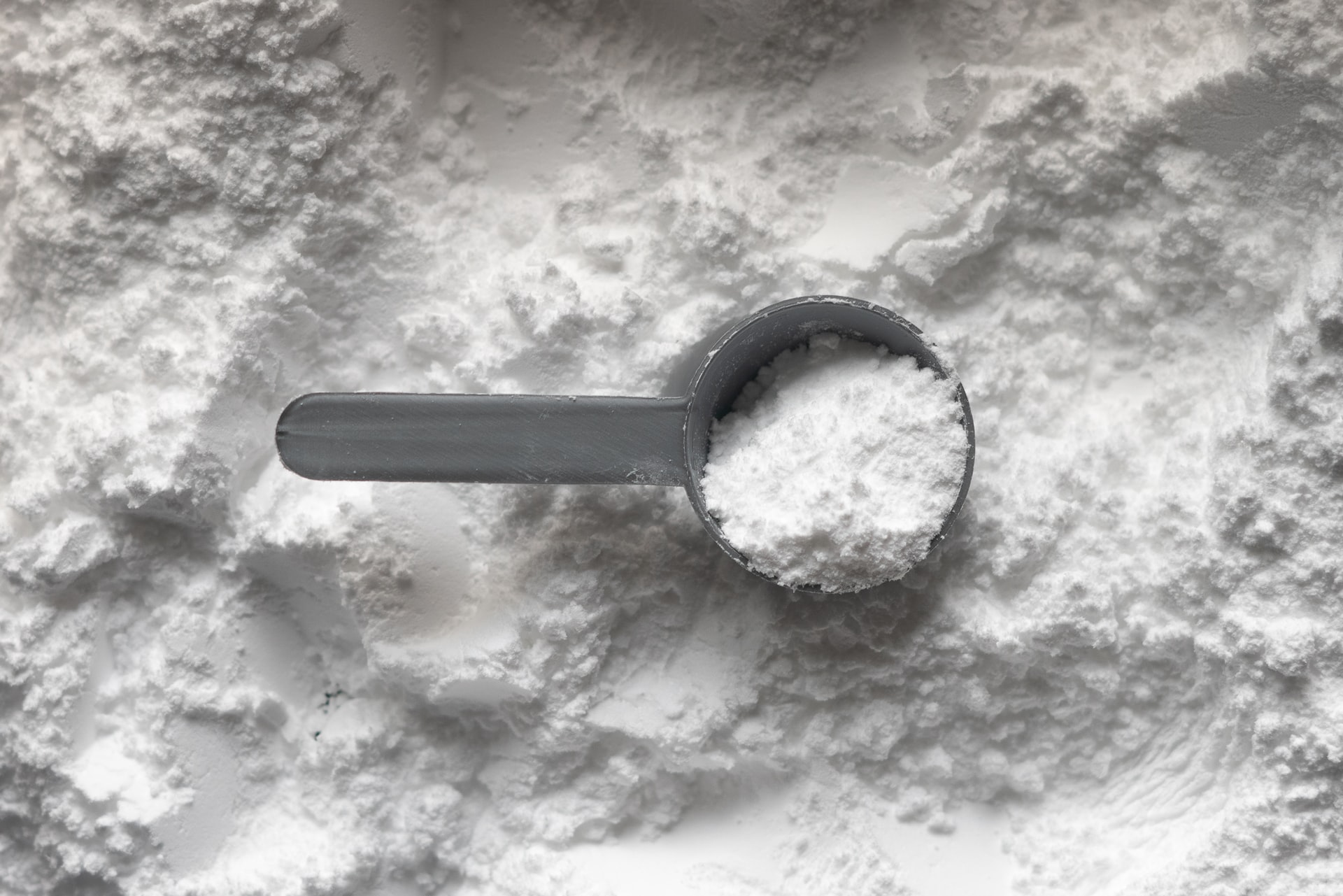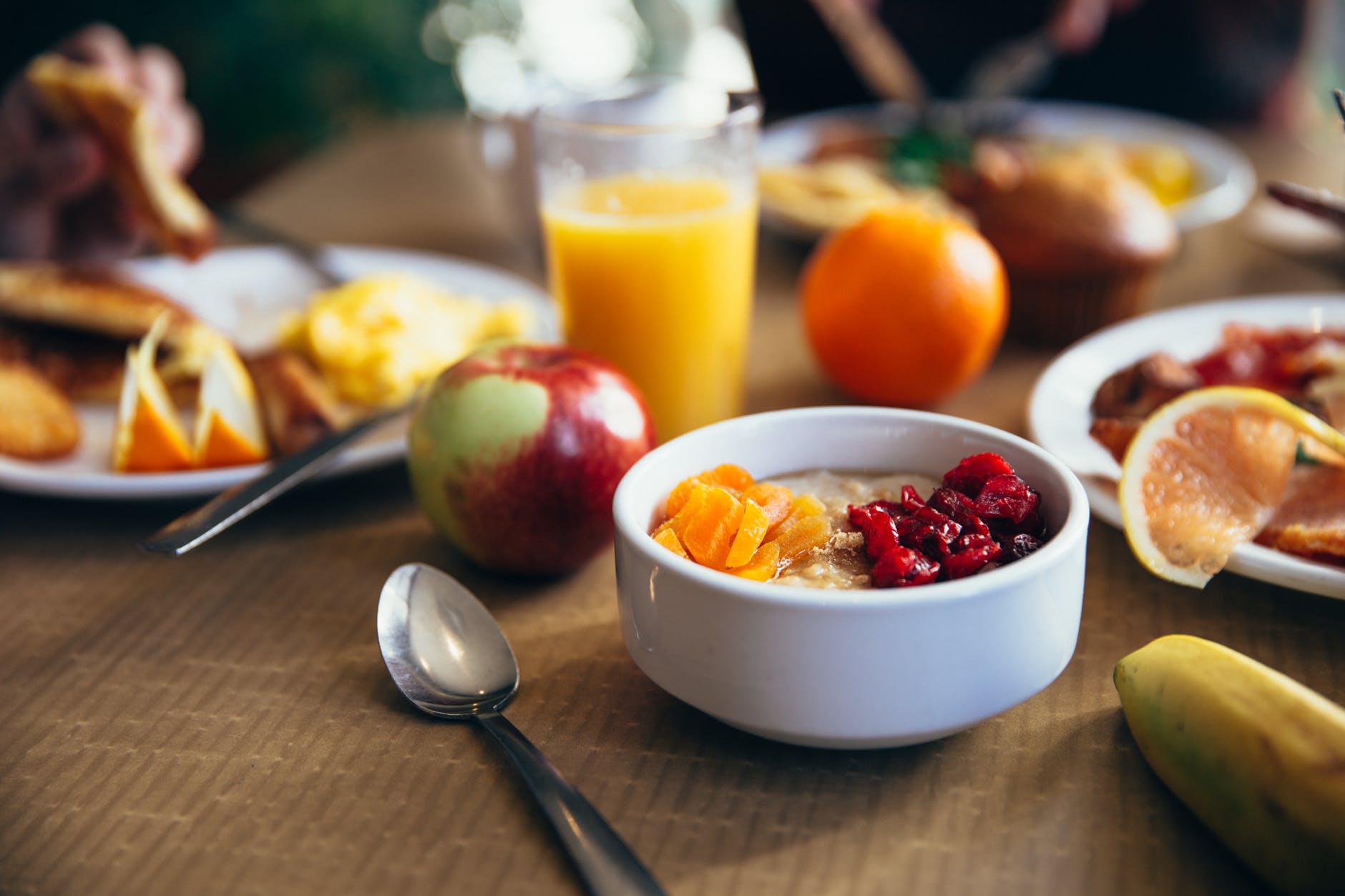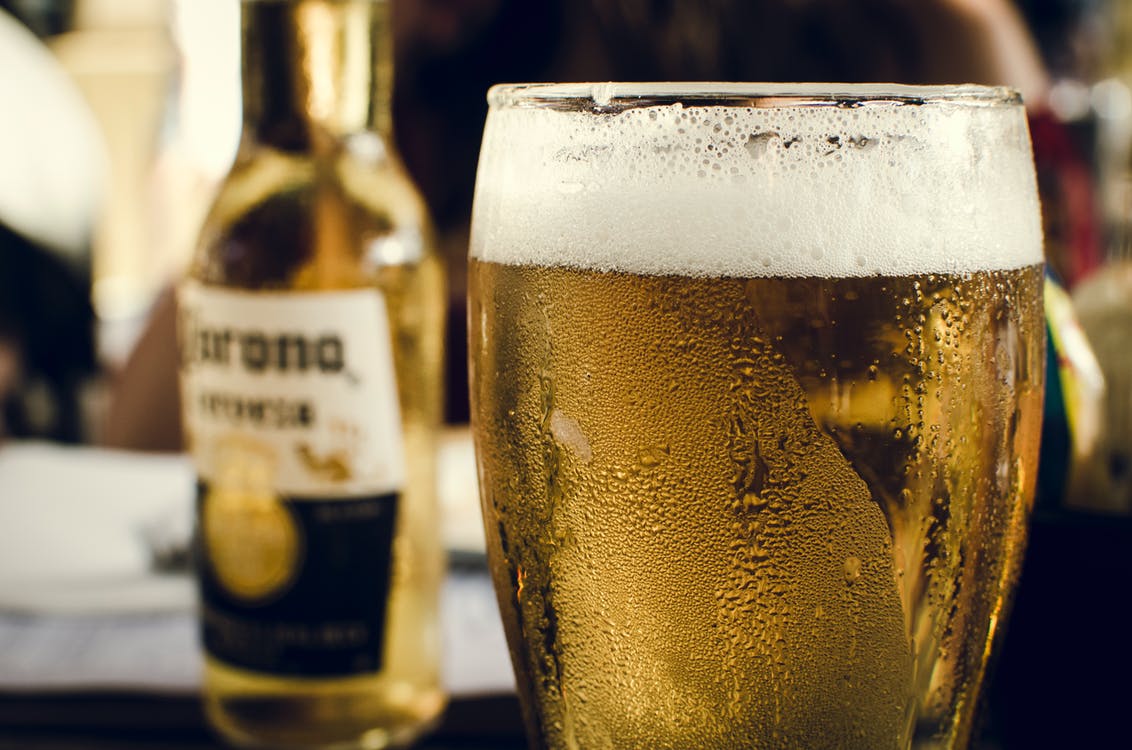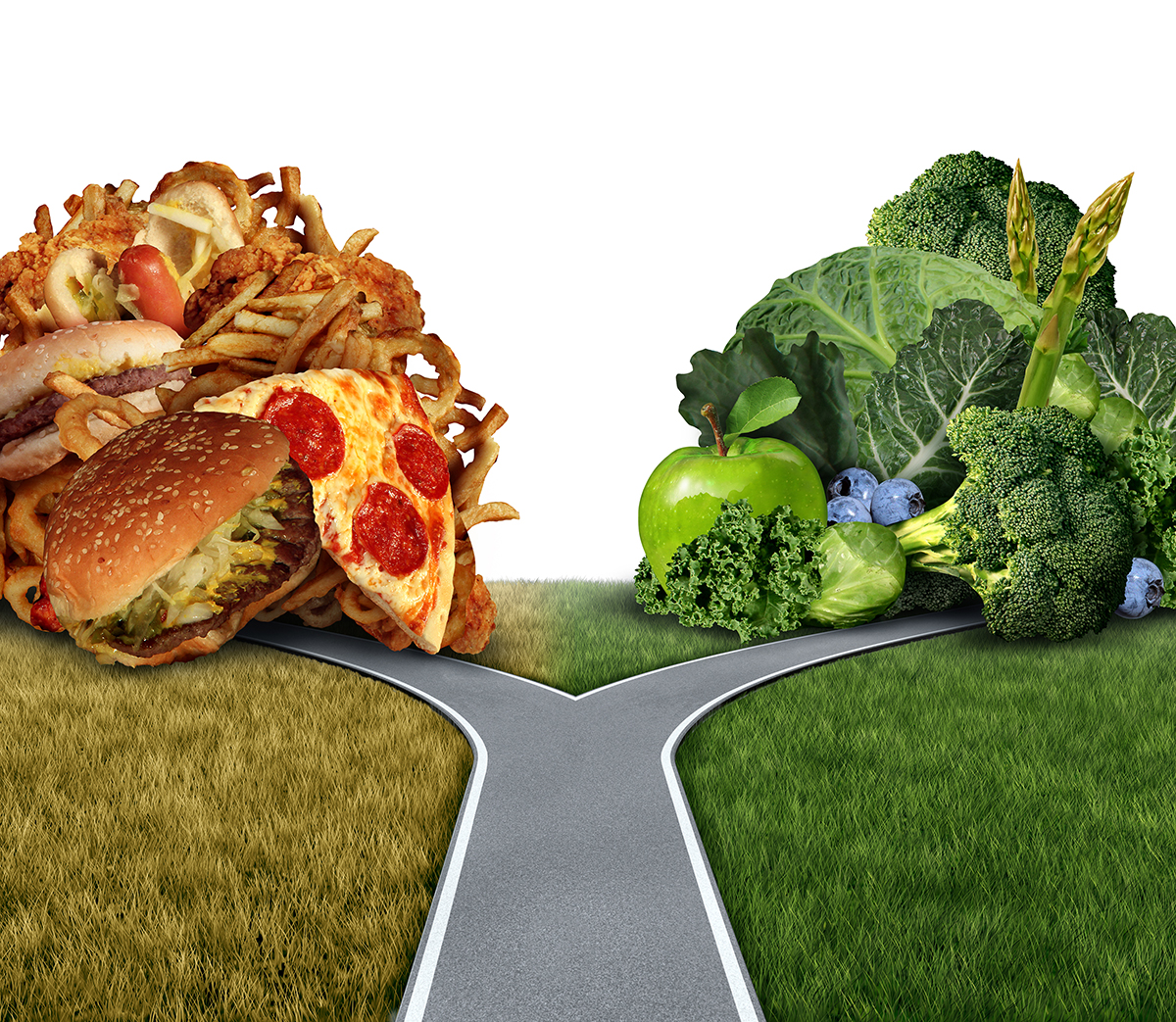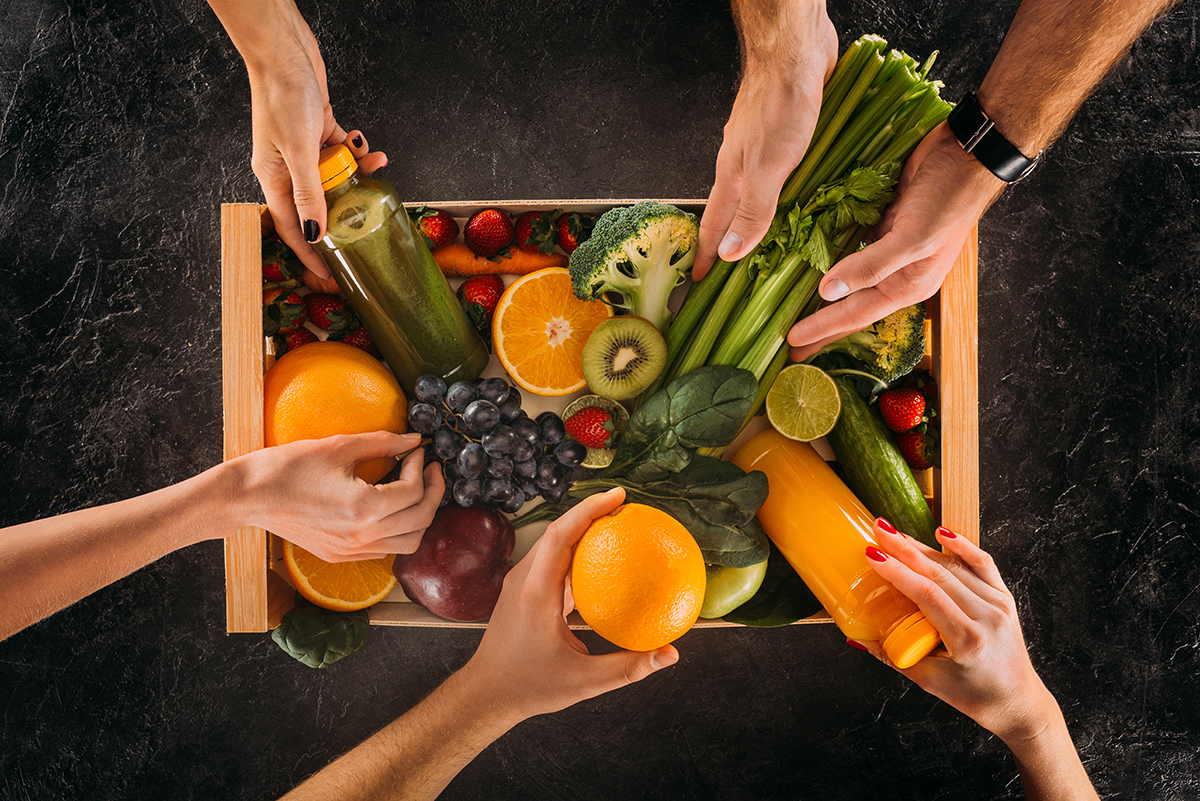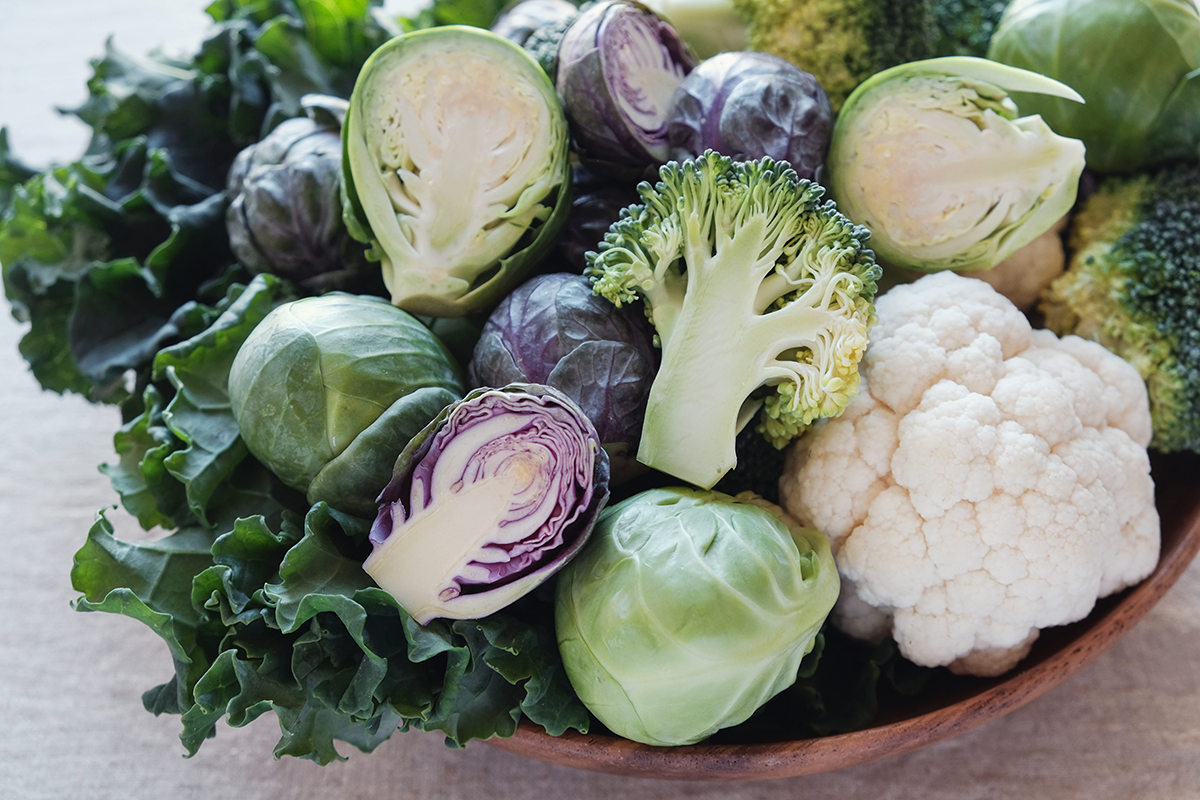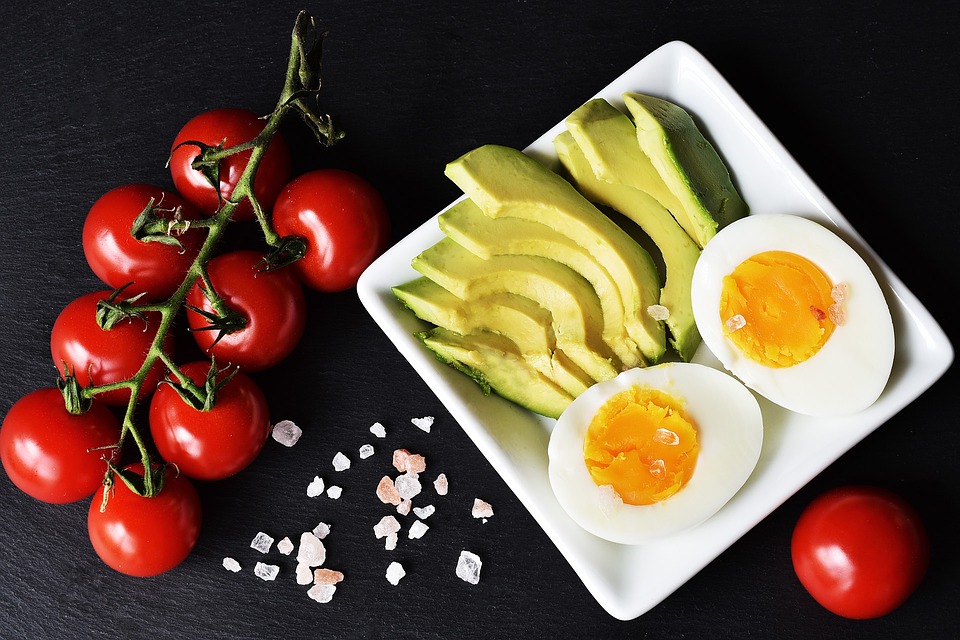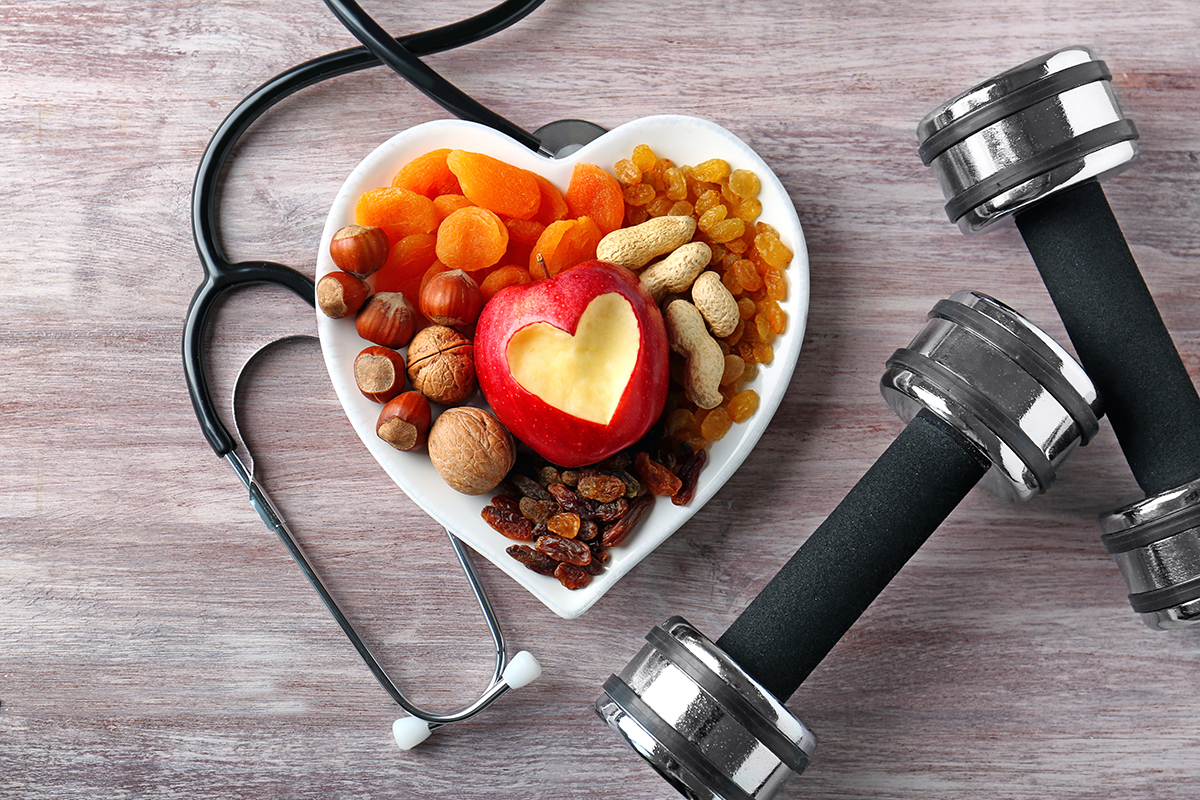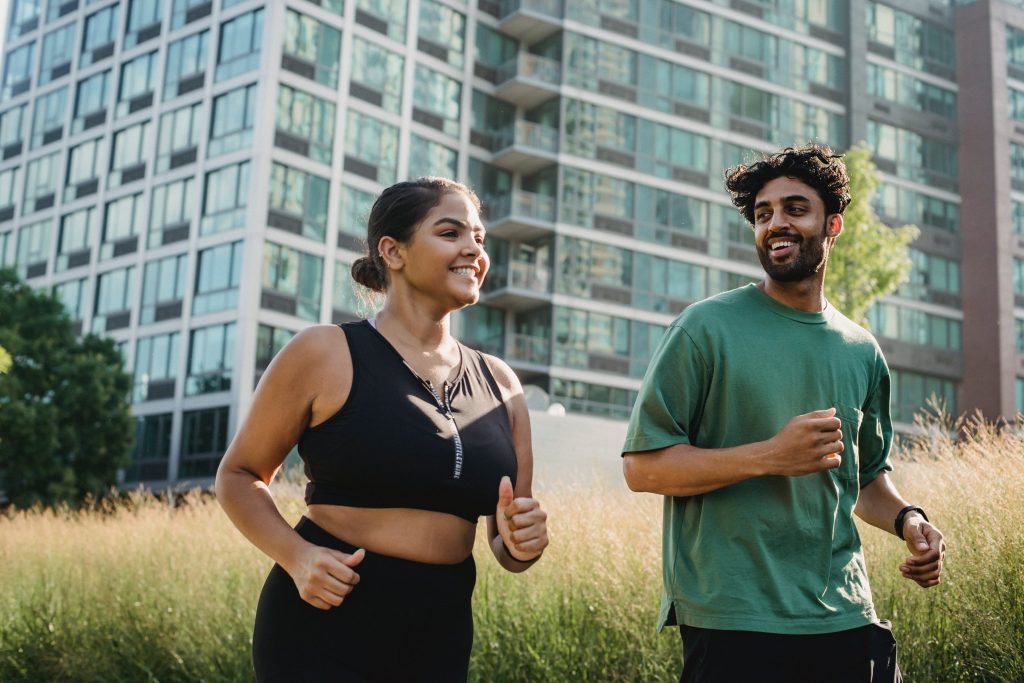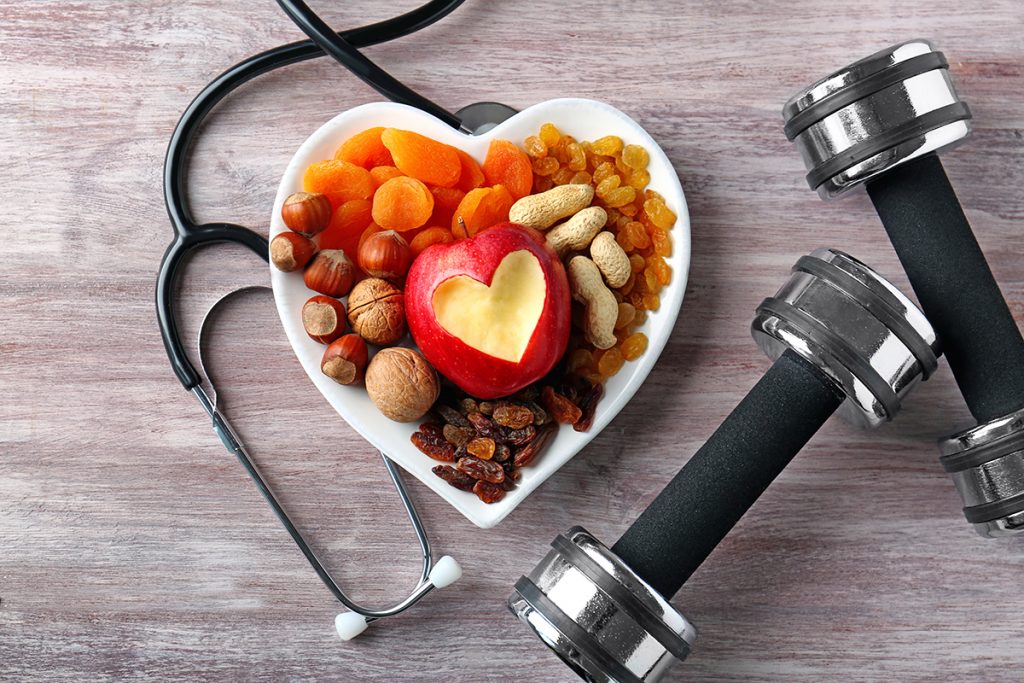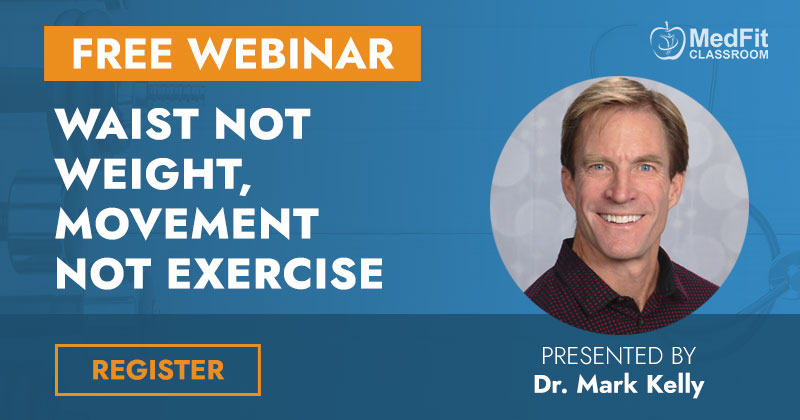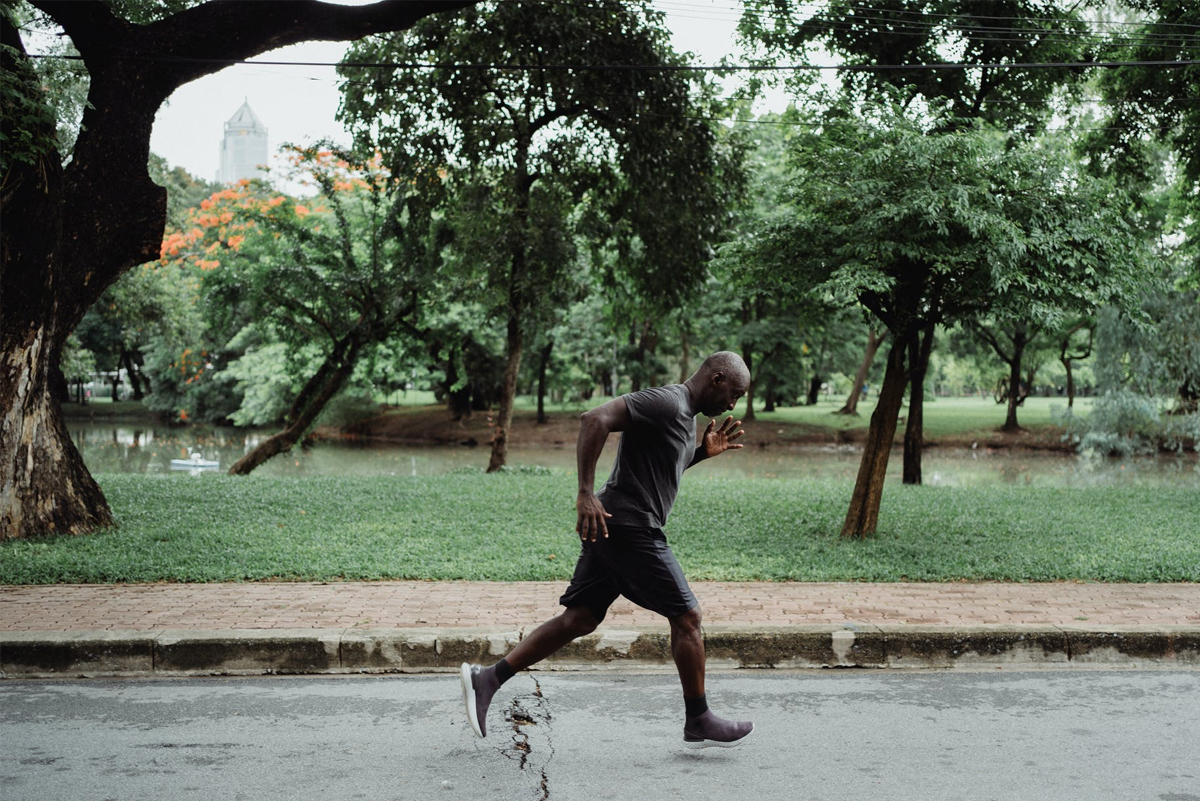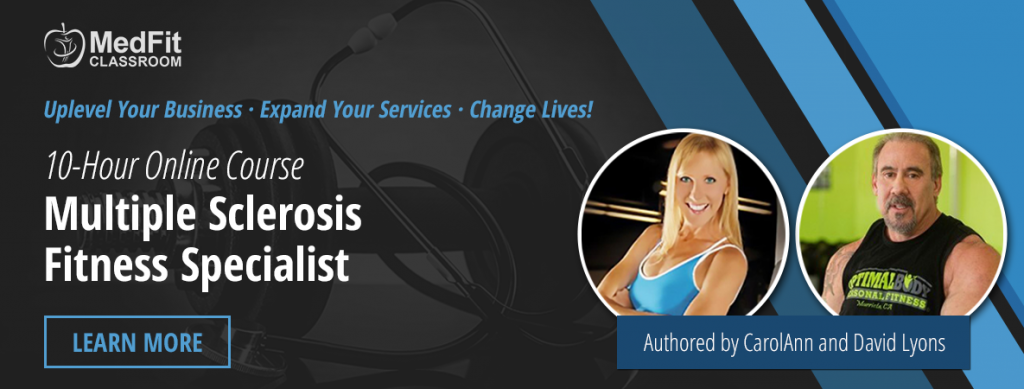The Benefits of Creatine Supplementation for Active Older Women
Loss of muscle and bone mass is arguably the greatest potential threat to vitality and independence in the aging female population. As ovarian estrogen declines during the menopausal transition, muscle and bone undergo significant changes.
Muscle mass and strength decline and loss of bone density accelerates after the onset of menopause. When these losses become severe, there is an increased risk of disabling falls and fractures and associated higher rates of medical comorbidities including high blood pressure, type 2 diabetes, depression, and cardiopulmonary disease.
Previously, in Athletic Aging, I posted about this very issue. Grip Strength as a Marker of Vitality in Mid-Life Women and Body Composition and Hormone Therapy – Truth and Tales are two articles that discuss the interplay among female reproductive hormones, muscle mass and function, body composition, and metabolism.
But it’s not just about muscles and bones! Mid-life women also struggle with sleep deprivation, brain fog, depression, and mood lability.
Today we continue this important conversation and take a deep dive into the science that explores the potential benefits of creatine supplementation in mid-life women that go beyond our muscles and bones!
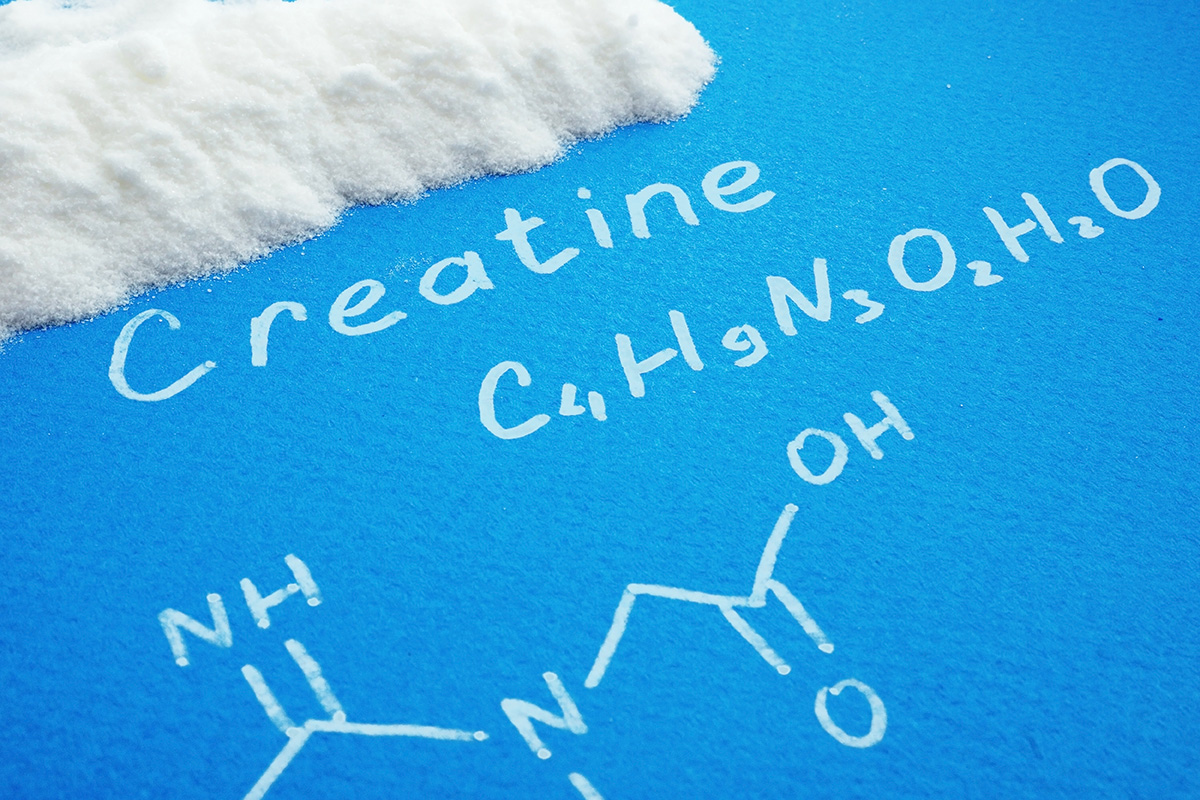
How Does Creatine Work?
Creatine is a naturally occurring compound that is synthesized in the Human body by the kidneys and liver from the amino acids glycine and arginine. It is stored as phosphocreatine which supplies the energy that fuels muscle movement. Creatine is also found in animal proteins such as red meat, fish, poultry, and organ meats.
The phospho in phosphocreatine is a critical component for the production of adenosine tri-phosphate (ATP) found in tiny cell components called “mitochondria” that exist in every type of cell throughout the body. Think of the mitochondria as the “batteries” that power the cells within our tissues, and ATP as the “charge”. The “T” stands for tri -or 3 phosphates which is like 3 “bars” on your cell phone. When energy is used, ATP is converted to ADP – the “D” is for di- or 2 bars on your phone. So to recharge your phone to 3 bars (ATP), you need to plug it into the electrical outlet. Creatine serves as the source of energy to fully charge the mitochondria and replenish the stores of ATP.
What the Science Tells Us
Athletes have effectively used creatine supplementation for decades to support performance. Creatine is among the safest and most well-studied supplements in the sports industry.
Most of what we know about creatine was learned through the study of young, male athletes. Creatine has been shown to be effective in enhancing muscle strength, mass, and performance in strength-based activities. Because the aging population is particularly vulnerable to loss of muscle mass and function, attention has been turned toward investigating the potential use of creatine supplementation for preserving muscle mass and function in older individuals – particularly menopausal women.
A review of several randomized control trials and meta-analysis of studies investigating creatine supplementation in older female adults has discovered the following:
- Women have 70-80% lower creatine stores and consume lower dietary amounts of creatine compared to men.
- Declining estrogen levels are associated with increased inflammation and oxidative stress and may contribute to the reduction in protein synthesis and response to anabolic stimuli. Creatine supplementation has been proposed as a counter-measure to the inflammatory effects of declining estrogen.
- Creatine supplementation with a high-dose load and maintenance of 3-5g daily in the absence of resistance training had minimal impact on muscle mass, strength, function, and bone density parameters in menopausal women.
- Although studies have shown mixed results, the vast majority of research shows improvement of muscle strength, function, and bone density parameters with supplementation of 5g of creatine daily when combined with a consistent, long-term strength-training program of 3 months or more in menopausal women ages 50-65+.
- There were no significant adverse effects of creatine supplementation in menopausal women across multiple studies.
- Clinical evidence has reported positive effects of creatine supplementation on mood by restoring brain energy levels and balance. Evidence also suggests that creatine supplementation may favorably impact the dopamine and serotonin systems.
- Creatine supplementation has consistently demonstrated improved cognitive performance and brain function, particularly in cases of sleep deprivation and mental fatigue. This is important given many mid-life women struggle with vasomotor symptoms (hot flashes) and disrupted sleep.
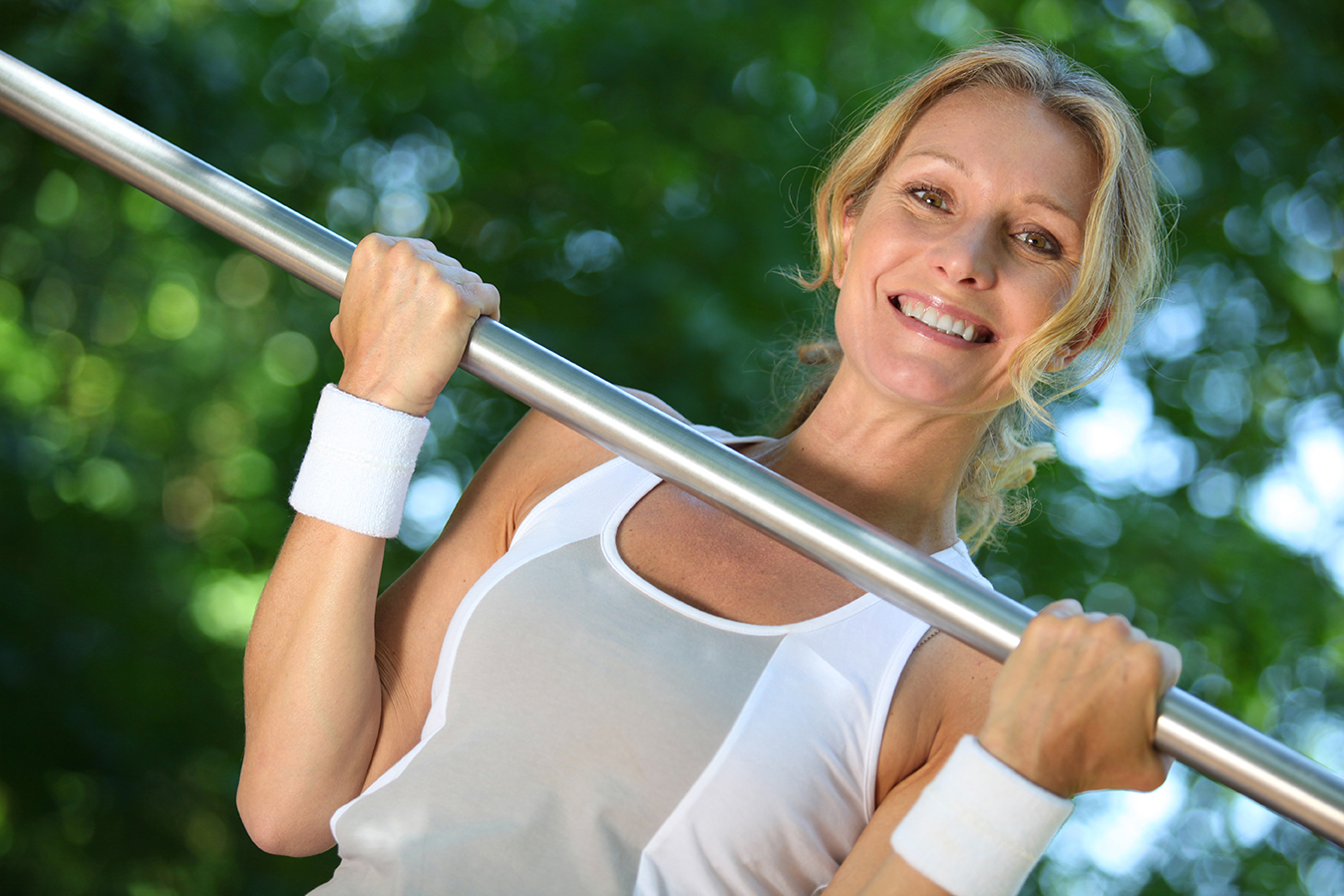
Summary of Recommendations for Mid-Life Women
- Engage in a program of consistent (at least 2-3 times weekly) resistance/strength training as a permanent part of your long-term workout program.
- Daily supplementation of creatine monohydrate may improve muscle strength, mass, function, bone density parameters, and body composition when combined with a consistent resistance/strength training regimen.
- Dosing: Many experts agree a loading dose is not necessary. A daily dose of 5g/day (ideally in a shake, beverage, or with food) over time will achieve appropriate tissue saturation levels. *Vegetarians may require a dose of 5-10g daily.
- Check out this podcast featuring Dr. Darren Candow, one of the leading creatine researchers for an incredibly informative review of how creatine works and the potential benefits of supplementation.
- If you have chronic conditions involving your kidneys or liver, check with your doctor before incorporating creatine into your nutrition plan.
Article reprinted from Athletic Aging with author permission.
Dr. Carla DiGirolamo is a double Board-Certified Obstetrician/Gynecologist and Reproductive Endocrinologist who specializes in the care of reproductive age and mid-life women. Carla completed her residency training in Obstetrics and Gynecology at Brown University Medical School/Women and Infants’ Hospital and her Reproductive Endocrinology training at the Massachusetts General Hospital at Harvard Medical School. She is a North American Menopause Society (NAMS) Certified Menopause Practitioner and has been featured in multiple podcasts and speakerships at various events discussing the physiology of the hormonal changes of menopause, hormone therapy and functional fitness training.
References
Smith-Ryan, AE et al. Creatine Supplementation in Women’s Health: A Lifespan Perspective; Nutrients 2021, 13, 877. https://doi.org/10.3390/nu13030877Ellem
Pinheiro dos Santos, E et al. Efficacy of Creatine Supplementation Combined with Resistance Training on Muscle Strength and Muscle Mass in Older Females: A Systematic Review and Meta-Analysis; Nutrients 2021, 13, 3757. https://doi.org/10.3390/nu13113757

